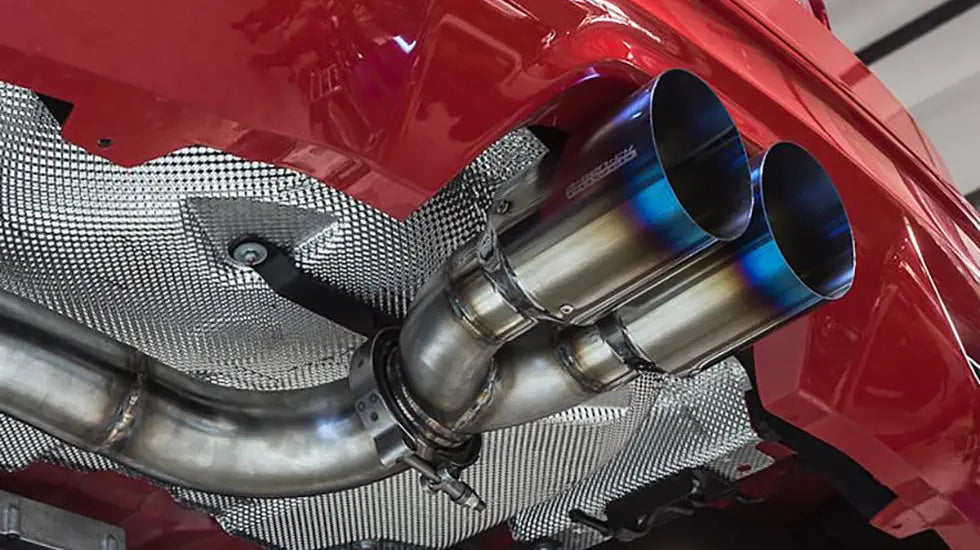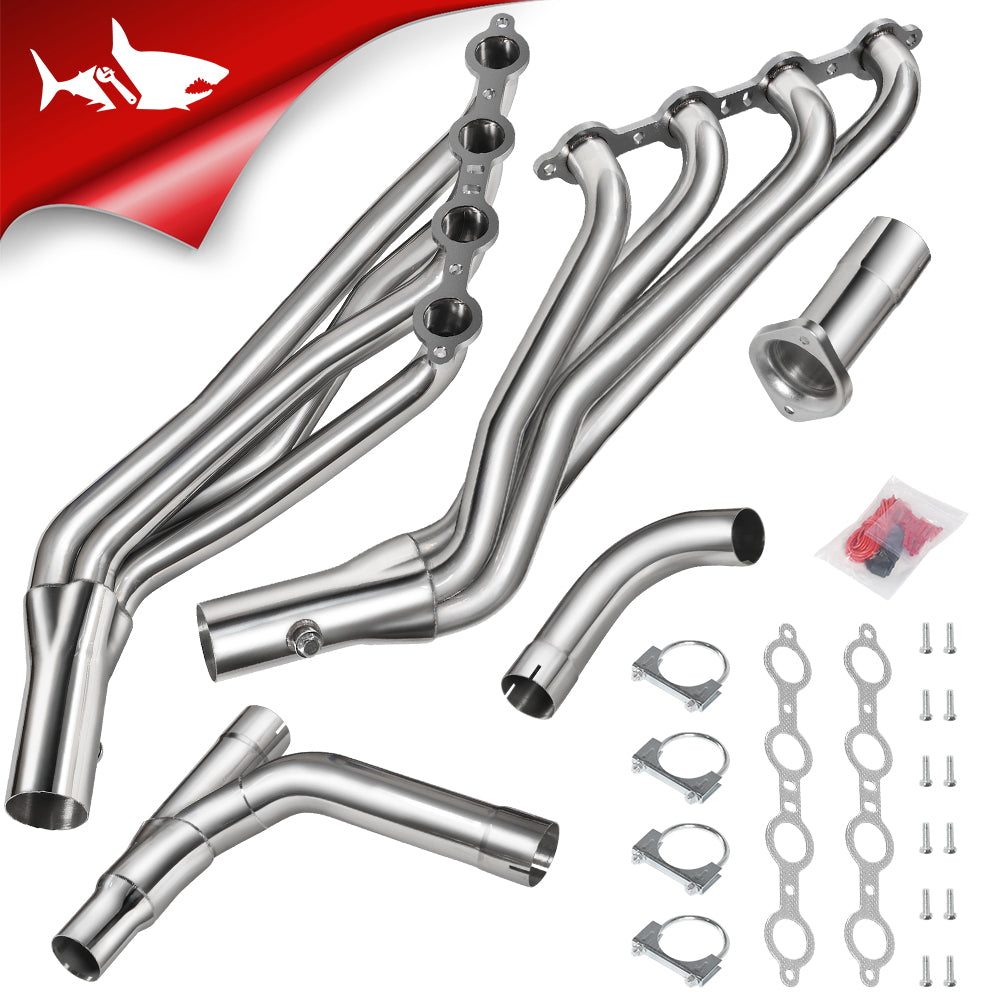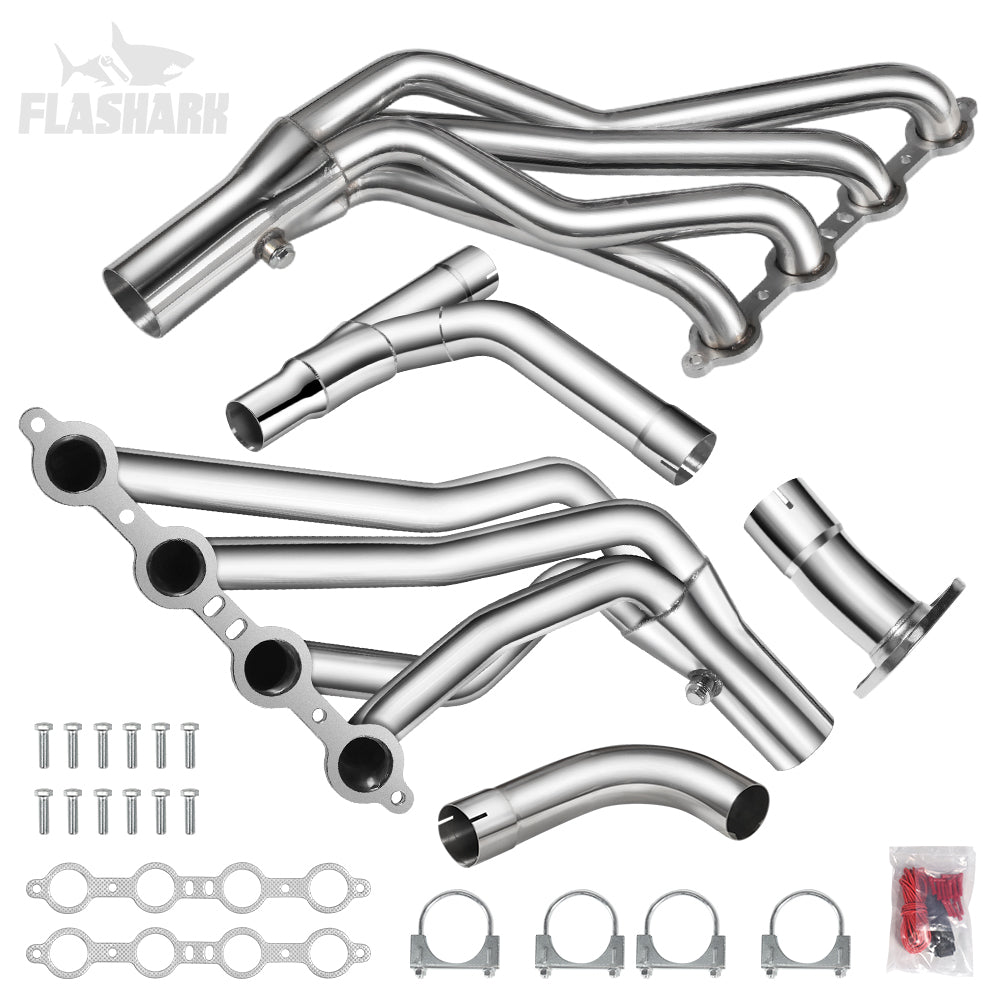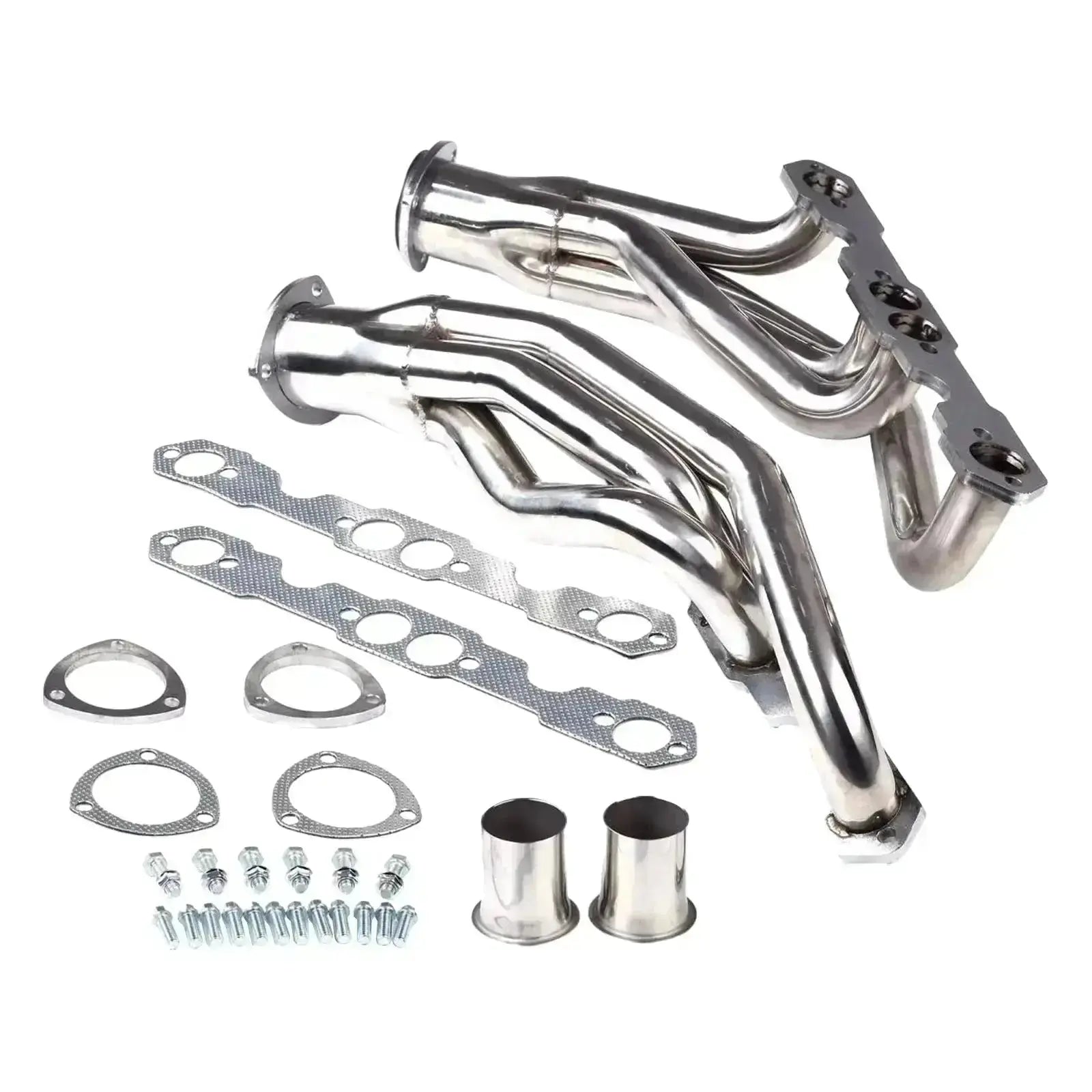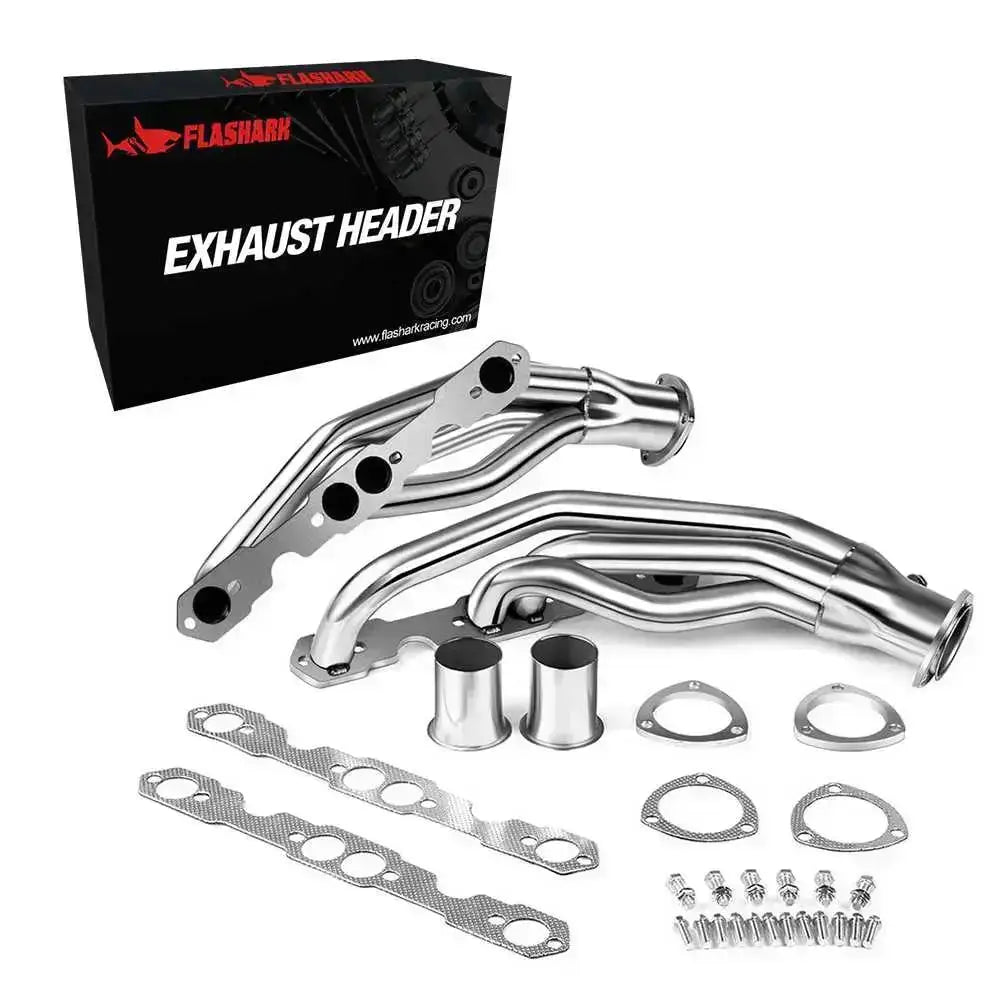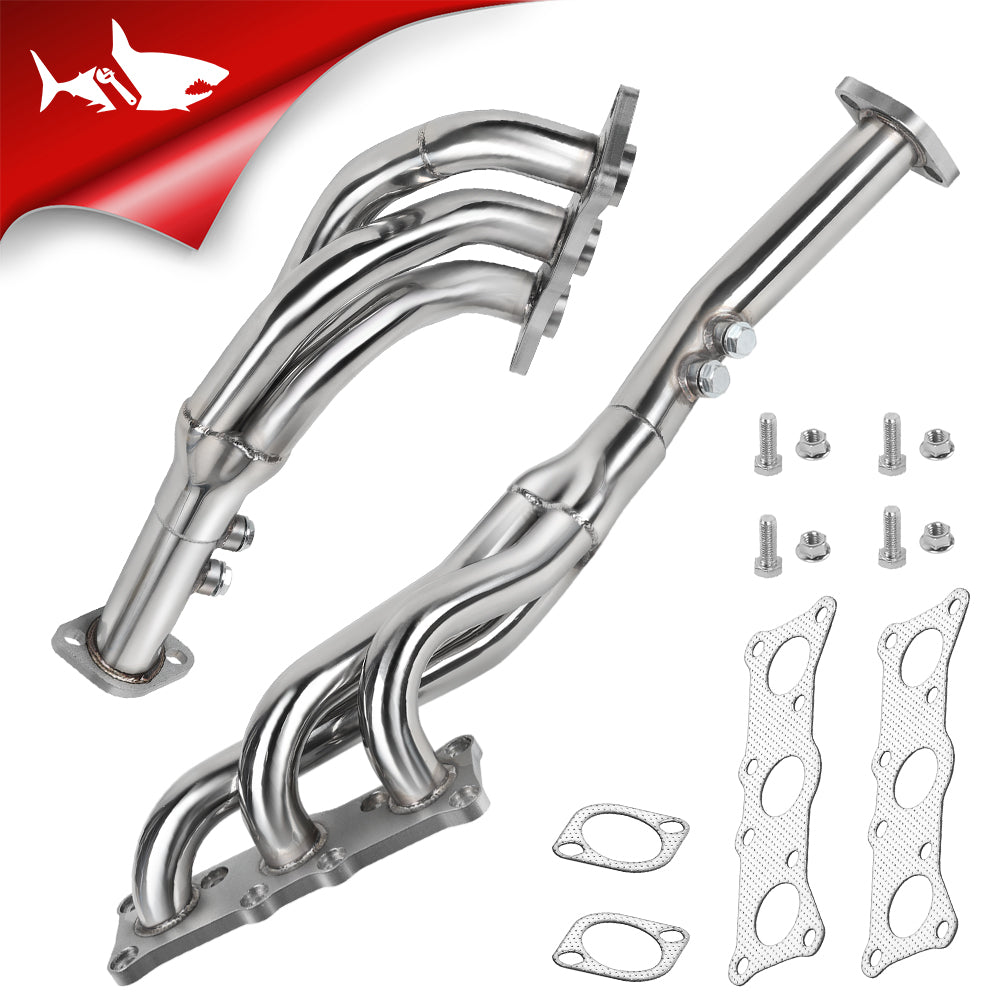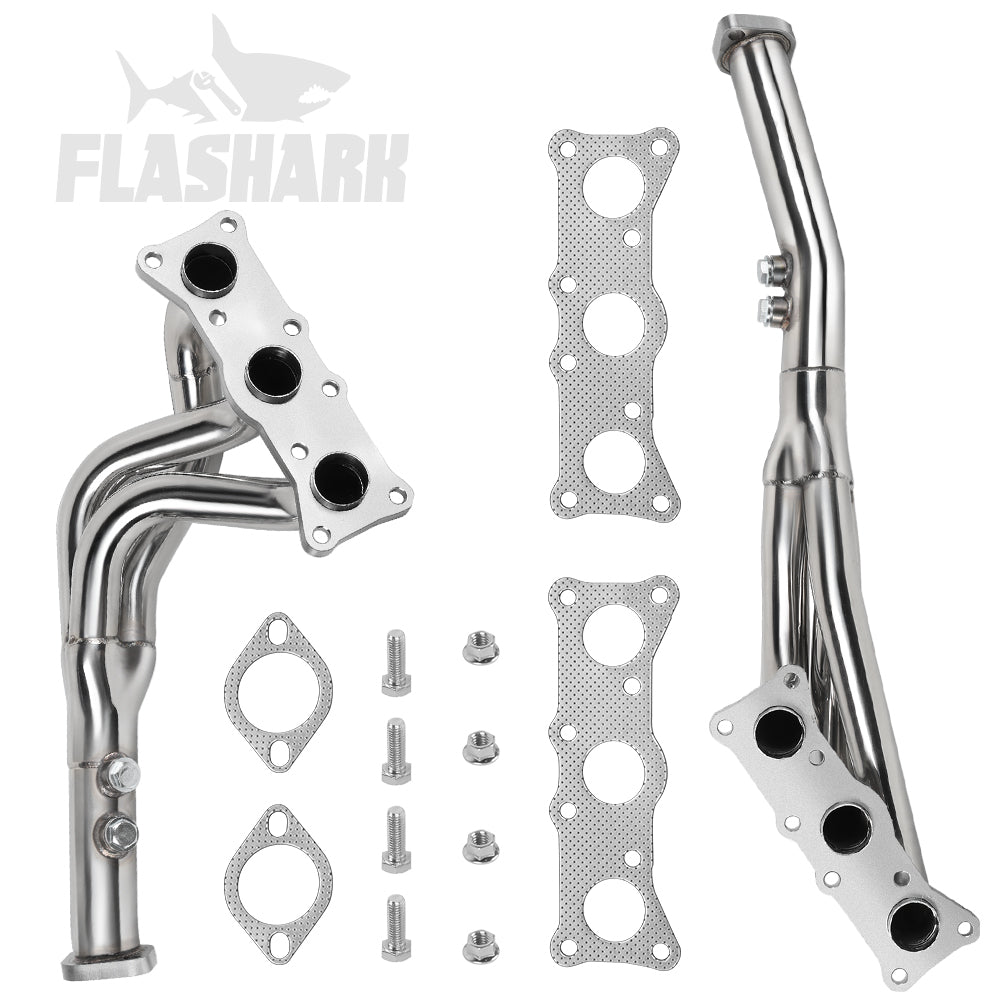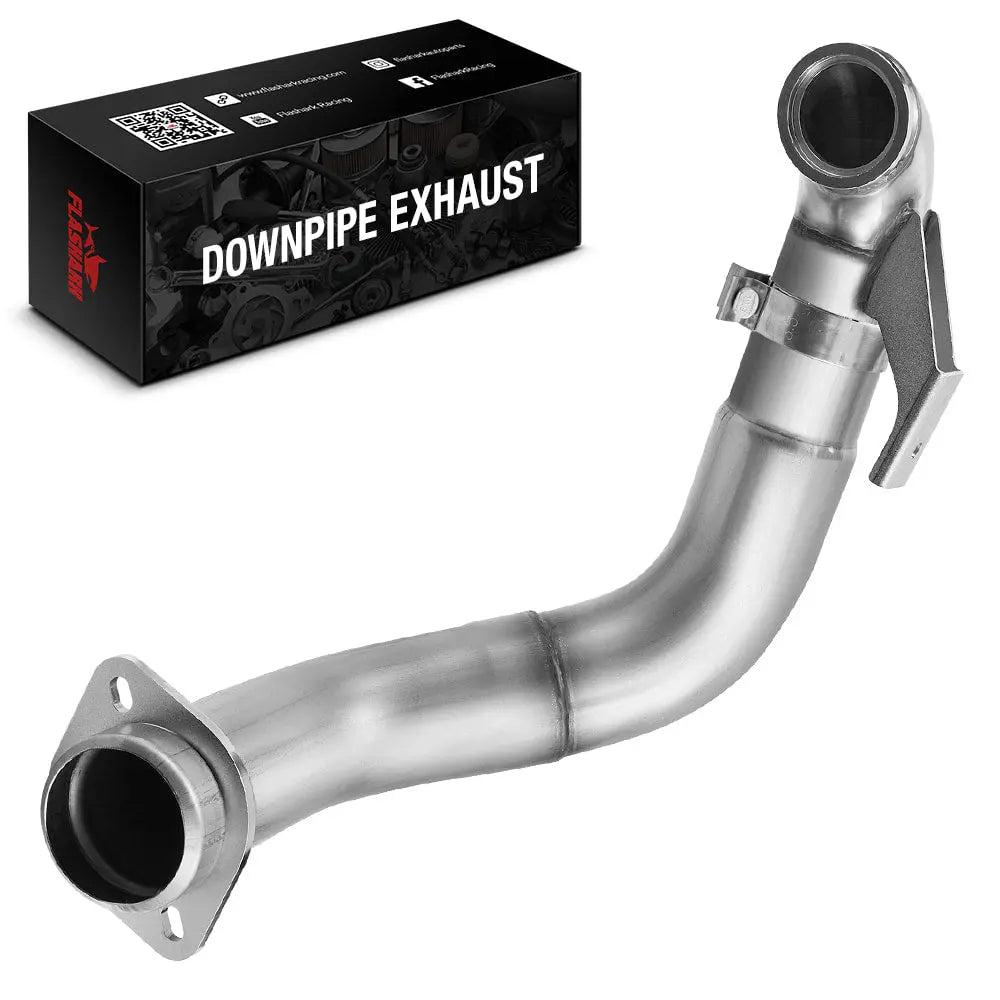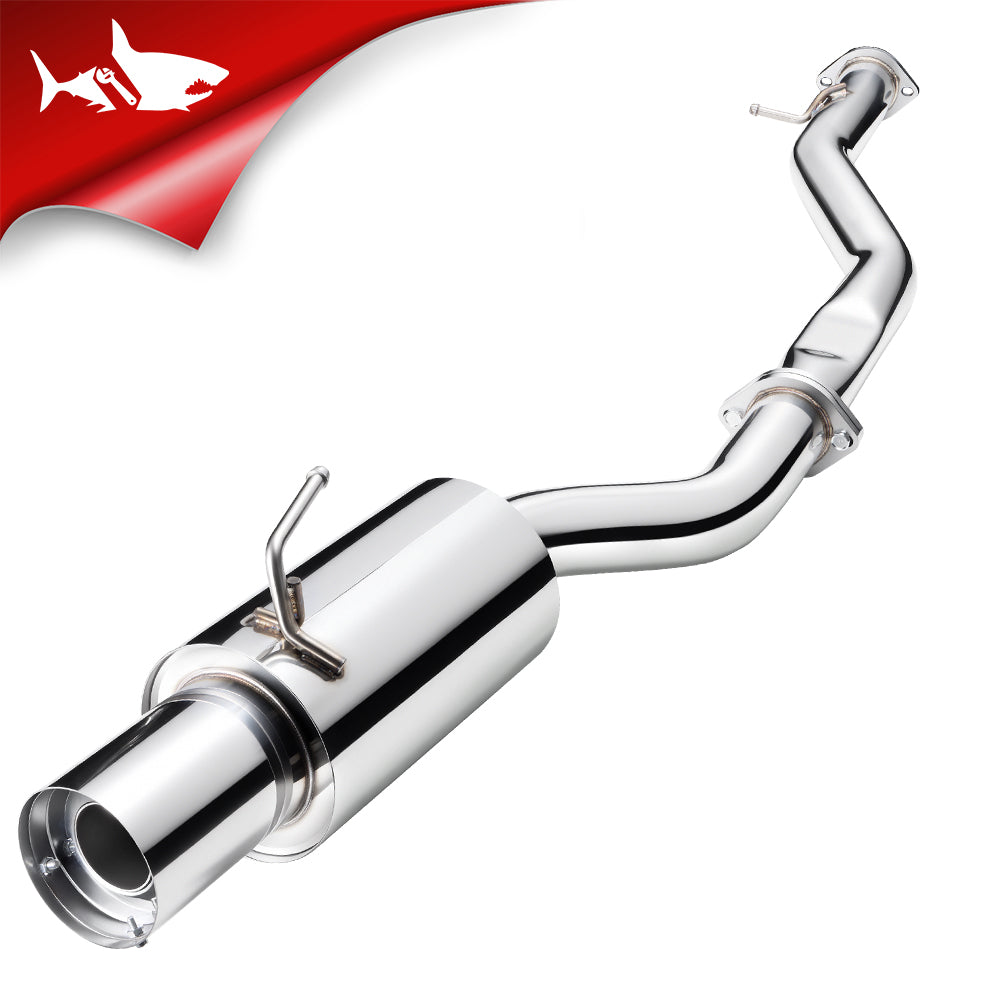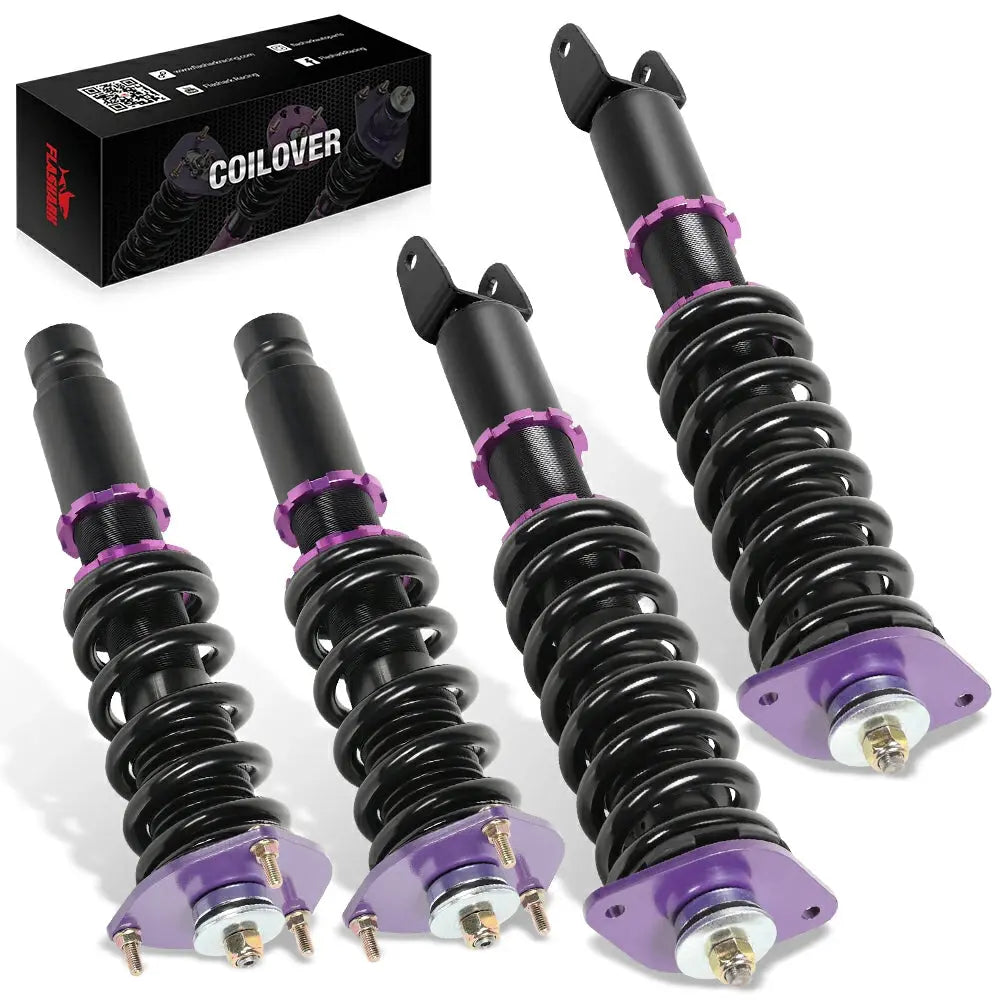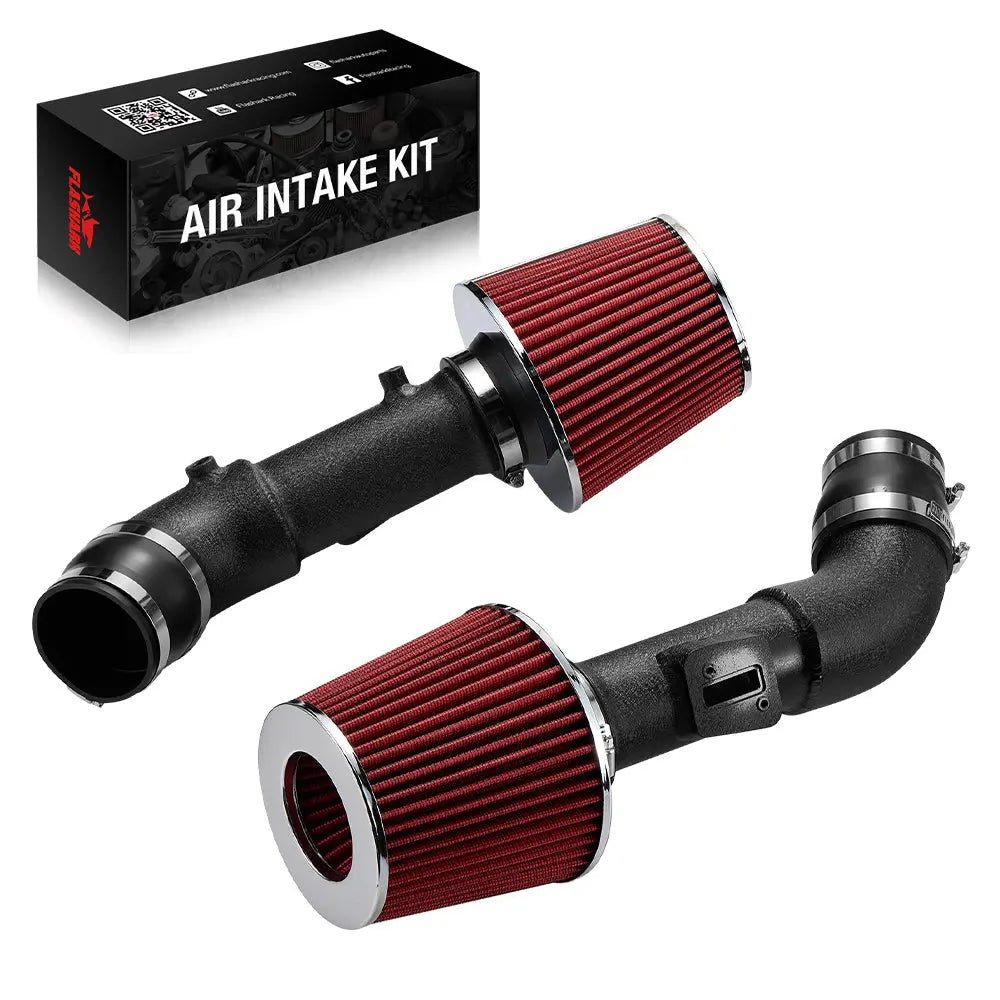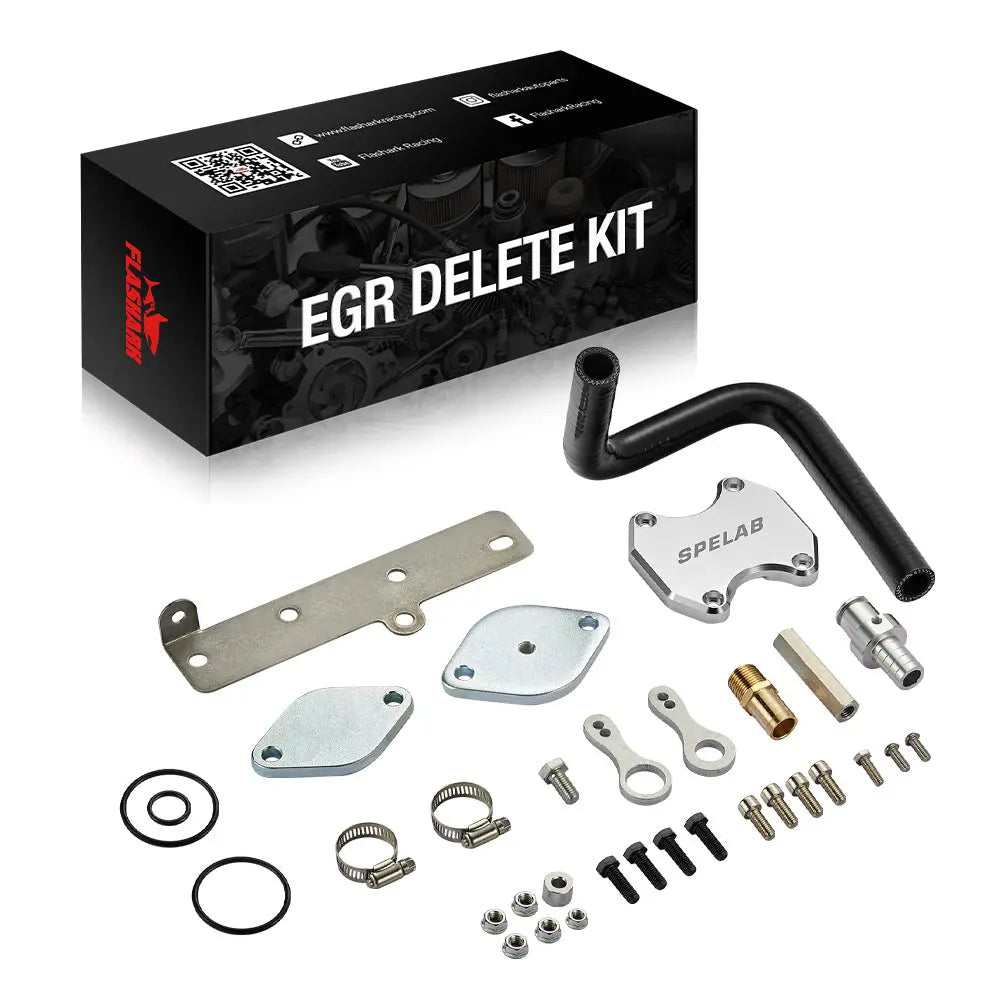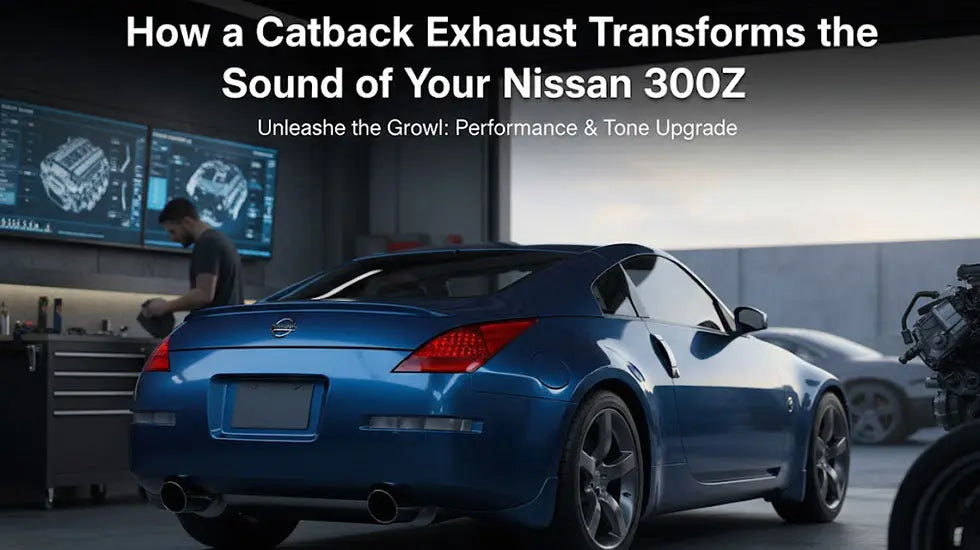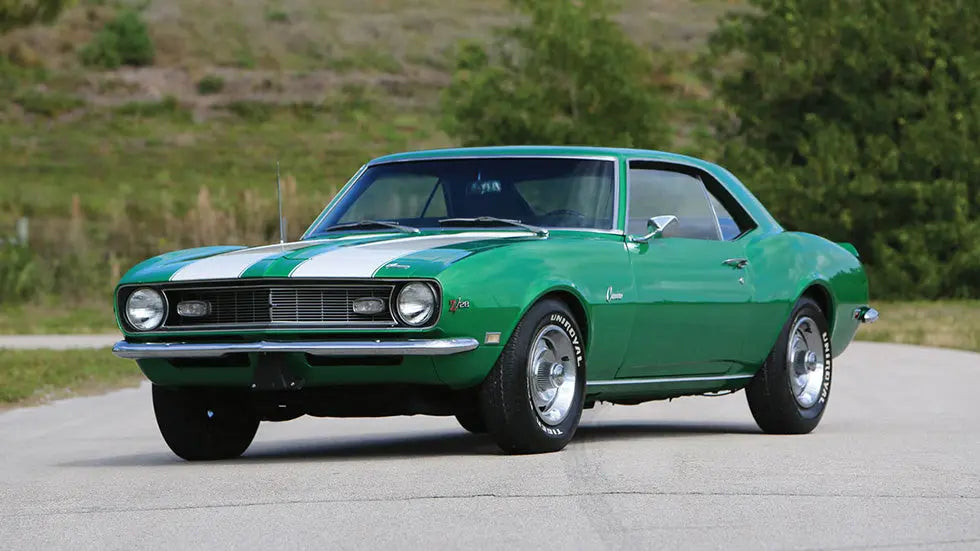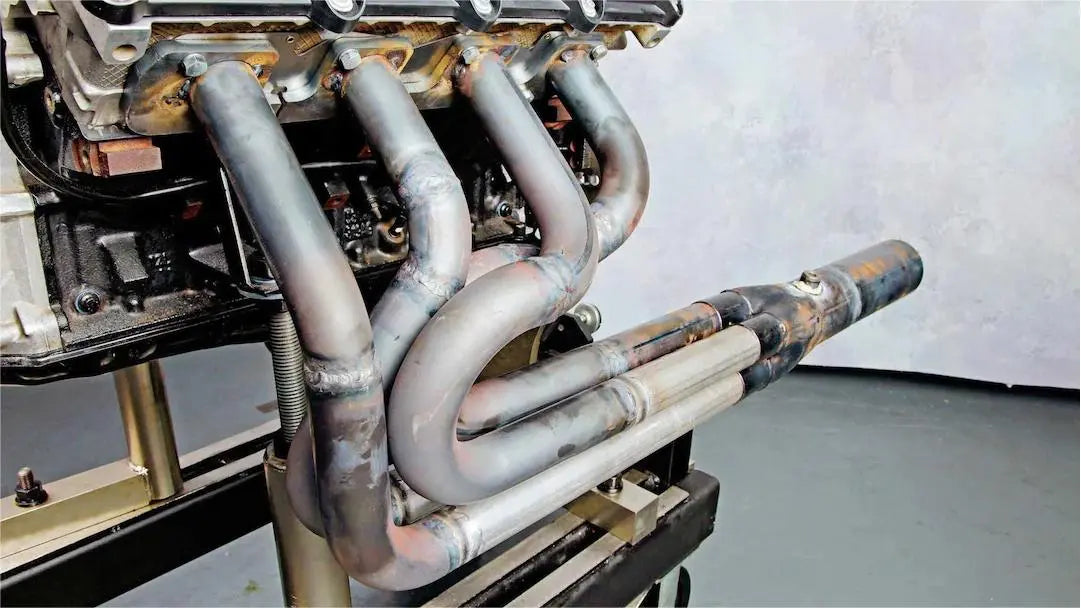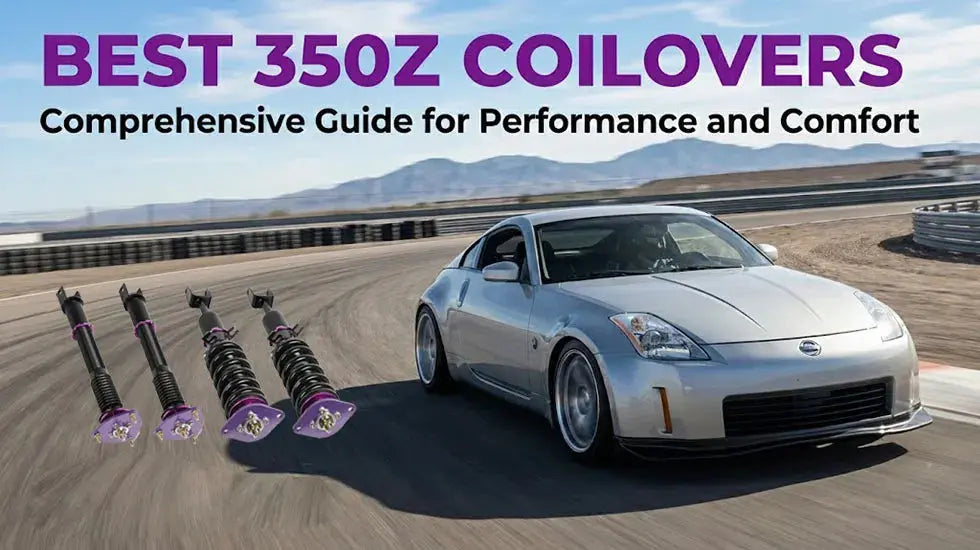If you’re looking to improve the sound, performance, or overall aesthetic of your vehicle, upgrading to a catback exhaust system is one of the most popular options for car enthusiasts. But what exactly does this system do? How does it work, and what benefits can you expect?
In this guide, we’ll explore everything you need to know about catback exhaust systems, from how they’re constructed to how they compare with other exhaust upgrades. By the end, you’ll have a solid understanding of why so many drivers choose this upgrade for their vehicles.
What is an Exhaust System?
The exhaust system in your car is designed to direct exhaust gases produced by the engine away from the engine and out of the vehicle. This system helps to prevent harmful gases from entering the cabin and reduces engine noise. But that's not all — the exhaust system also influences overall vehicle performance, including horsepower, fuel efficiency, and sound.
A typical exhaust system includes components like the catalytic converter, mufflers, and various exhaust pipes. However, the performance of each part can vary depending on the specific modifications made.

What Does a Catback Exhaust Do?
A catback exhaust refers to the portion of the exhaust system that begins after the catalytic converter and extends all the way to the exhaust tip. This includes components such as the exhaust pipe, mufflers, and the exhaust tip itself.
The purpose of a catback system is to replace the stock exhaust components with aftermarket parts that improve the flow of exhaust gases. This leads to better engine performance, a more aggressive sound, and, in some cases, improved fuel efficiency. It is one of the most common exhaust upgrades for those looking to enhance their vehicle's capabilities without completely overhauling the entire exhaust system.
Components of a Catback Exhaust
A catback exhaust system consists of several key components, each designed to improve the flow of exhaust gases and contribute to the overall performance and sound of your vehicle. Let’s break down these parts to understand their role in the system.
Exhaust Pipe
The exhaust pipe is the central part of the catback system, extending from the catalytic converter to the rear of the vehicle. This pipe is typically larger in diameter compared to stock systems, which helps increase the flow of exhaust gases and reduce backpressure. By improving the airflow, the engine can perform more efficiently, which may lead to an increase in horsepower and torque.
Mufflers
Mufflers are designed to reduce the noise produced by the exhaust gases as they exit the engine. However, not all mufflers are created equal. Performance mufflers, found in most catback systems, are designed to enhance sound — giving your vehicle a deeper and more aggressive tone. For enthusiasts seeking a loud and throaty sound, some even opt for muffler deletes (removing the muffler entirely) to maximize the exhaust’s roar.
Exhaust Tip
While the exhaust tip may not play a significant role in performance, it does contribute to the vehicle's aesthetics. The exhaust tip is the visible part of the system at the rear of the car, and it comes in various shapes and finishes. For example, polished stainless steel or chrome tips can add a premium, sporty look to your vehicle.
Catback vs. Other Exhaust Systems
When considering a catback exhaust, it’s important to compare it with other popular exhaust systems to determine which one is right for you. Let’s look at how a catback system stacks up against axle-back, header-back, and straight pipe systems.
Catback vs. Axle-back
Both catback and axle-back exhaust systems are designed to improve sound and performance, but they differ in the extent of modification.
An axle-back exhaust only replaces the section of the exhaust system from the rear axle to the exhaust tip. This typically includes just the muffler and tailpipe, making it a more affordable and simpler option for those who are primarily looking for a sound upgrade.

On the other hand, a catback exhaust replaces a larger portion of the exhaust system, from the catalytic converter to the exhaust tip. As a result, it provides more significant improvements in both performance and sound. While axle-back systems can offer an increase in noise, catback exhausts provide a more balanced upgrade, improving the engine's efficiency as well.
Pros and Cons
| Aspect | Axle-Back Exhaust | Catback Exhaust |
|---|---|---|
|
Performance |
Limited performance gains |
Better performance improvements |
|
Sound |
Moderate sound enhancement |
Significant sound enhancement |
|
Cost |
Generally more affordable |
Higher cost |
|
Installation |
Easier, involves fewer components |
More complex, and requires more parts |
Catback vs. Header-back
A header-back exhaust system is a more extensive modification than a catback system. This setup replaces everything from the headers (the pipes coming from the engine) all the way to the exhaust tip, including the catalytic converter.
A catback exhaust, by contrast, begins at the catalytic converter and doesn’t touch the headers or the converter itself. Because header-back systems are more comprehensive, they tend to offer a greater increase in performance but at a higher cost and with a more complex installation process. If you’re aiming for maximum power and performance, a header-back system is a better choice. However, if you're looking for a relatively simple upgrade that enhances both sound and performance, a catback exhaust is the way to go.
Catback vs. Straight Pipe
A straight pipe exhaust is the most extreme form of exhaust modification. It eliminates the muffler and catalytic converter, resulting in minimal backpressure and maximum airflow. This system produces a very loud, raw sound, but it can be illegal in many regions due to noise and emissions regulations.
While a straight pipe exhaust offers the most extreme performance gain, a catback exhaust system offers a more balanced improvement. It improves airflow and sound while staying within legal limits for noise and emissions, making it a better choice for daily driving.
Benefits of Installing a Catback Exhaust
Upgrading to a catback exhaust system can provide several key benefits, whether you're looking to improve your vehicle's performance, sound, or appearance. Let’s take a closer look at some of the primary advantages.
Improved Performance
One of the main reasons to install a catback exhaust is to enhance your vehicle’s performance. By improving the exhaust flow, the system helps reduce backpressure, allowing the engine to operate more efficiently. This increased efficiency can lead to a boost in horsepower, torque, and throttle response. If you’re looking to maximize the power output of your car, a catback exhaust is one of the most cost-effective upgrades.
Enhanced Sound and Tone
For many car enthusiasts, the sound of the engine is just as important as its performance. A catback exhaust system delivers a more aggressive and dynamic exhaust note. Depending on the type of muffler used, you can achieve a deeper growl or a louder roar. This is an attractive feature for drivers who want their car to sound more powerful and sporty.
Better Fuel Efficiency
In some cases, a catback exhaust can lead to improvements in fuel efficiency. By allowing exhaust gases to exit the engine more freely, the engine doesn’t have to work as hard, which can result in slightly better miles per gallon. However, the improvement in fuel efficiency tends to be modest and varies from vehicle to vehicle.
Weight Savings
Catback exhaust systems also come in various sizes and weights. While some come heavy, some also come in lightweight materials and they include stainless steel or titanium. As a result, by employing lightweight materials, drivers are able to reduce the general weight of their vehicle thereby contributing to further developed performance and eco-friendliness.
Aesthetic and Customization
Beyond performance, a catback exhaust system also offers a degree of customization. Many systems come with stylish exhaust tips that can enhance the look of your vehicle. Polished stainless steel or chrome tips provide a high-end appearance that can complement your car's exterior.
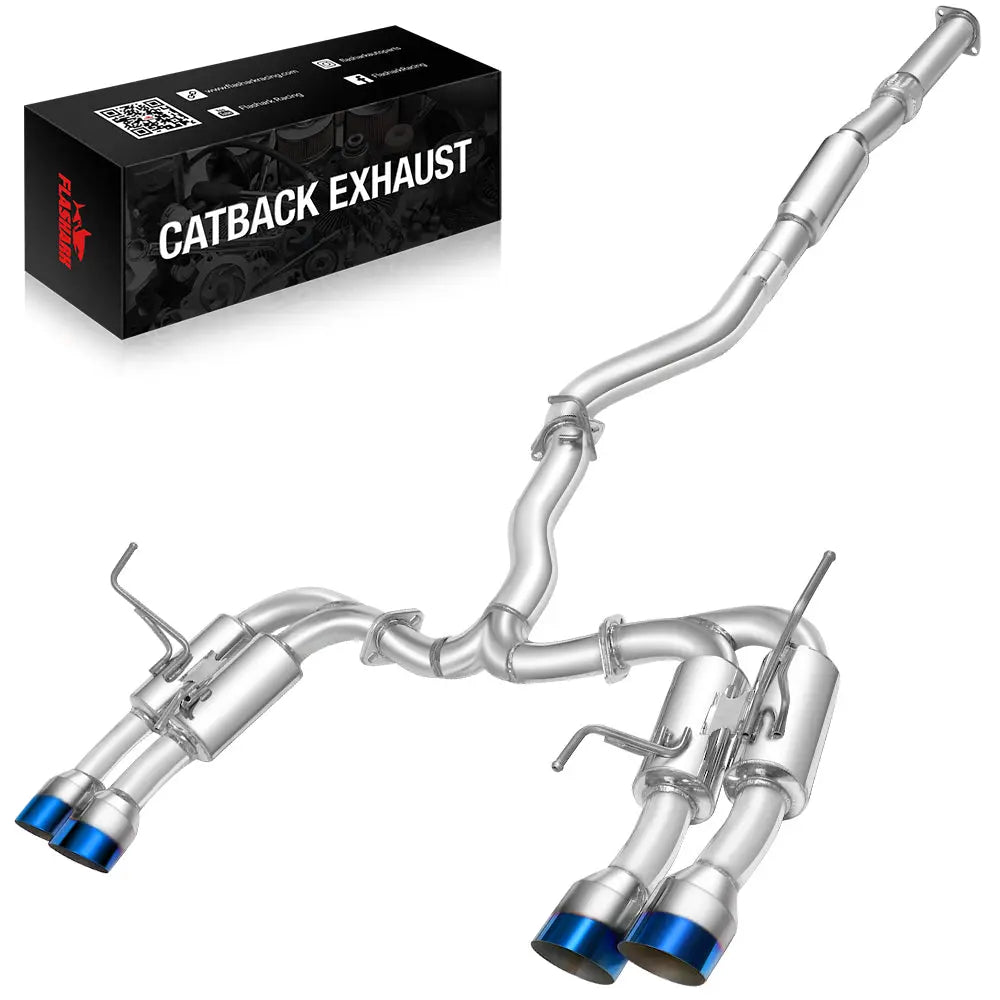
2015-2022 Subaru WRX / STI 4-inch Quad Muffler Tip Catback Exhaust System w/ N1 Style Burnt Tip/Polished Tip
High-performance 4-inch quad N1-style catback exhaust system for 2015-2022 Subaru WRX/STI, enhancing power and sound.
Price: $799
Buy NowHow to Install a Catback Exhaust System
If you’re handy with tools, installing a catback exhaust system can be a relatively straightforward process. However, if you’re new to car modifications, here are the basic steps to guide you.
DIY Installation Tips
-
Lift the Car: Use a jack to lift the vehicle to a comfortable working height. Make sure to secure it with jack stands.
-
Remove the Old Exhaust: Disconnect the old exhaust system, starting at the back and working your way forward. Keep the clamps and hardware to reuse if necessary.
-
Install the New Catback System: Align the new exhaust system, attaching it to the catalytic converter and securing it in place with the provided brackets and bolts.
-
Check for Leaks: Start the vehicle and check for any exhaust leaks. If necessary, tighten any loose connections.
When to Seek Professional Help
While many DIY enthusiasts tackle exhaust installations on their own, you may want to consider professional help if the system requires welding or if you're not familiar with exhaust work. Additionally, if your car has complex modifications, it might be worth having a mechanic install the system to ensure everything is done correctly.
Cost of Catback Exhaust Systems
The price of a catback exhaust system can vary significantly depending on factors like the vehicle make and model, materials used, and brand. On average, expect to pay anywhere from $300 to $1,500 for a quality catback system. Premium systems made of materials like stainless steel or titanium can cost even more.
Conclusion
When it comes to upgrading both the sound and performance of a vehicle, a catback exhaust system stands to be a famous and viable upgrade. While causing lessened back pressure and increased exhaust flow, a catback exhaust can also cause an upgrade to the horsepower, fuel efficiency, and torque, while still giving a more aggressive exhaust note. While it may be a bit expensive than the axle-back exhaust, it adds to the performance and aesthetic benefits hence making it a beneficial consideration for the vast majority of car enthusiasts.
Therefore, if you aim to support your car's power or need a more extravagant, more profound exhaust tone, a catback exhaust system might just be the right solution. Although, choosing the right system for your vehicle is essential, as factors that include the engine type, tuning, and exhaust design can impact the outcomes. On the other hand, drivers looking for an upgrade to enhance the driving experience, without bypassing emissions controls should stick to the catback exhaust.
Conclusively, the details of a catback need to be comprehended as well as how it compares to other systems. All this will assist you with settling on an educated choice. Coupled with the right setup, a catback exhaust is able to change your vehicle, then conveying improved sound, performance, and aesthetics.

